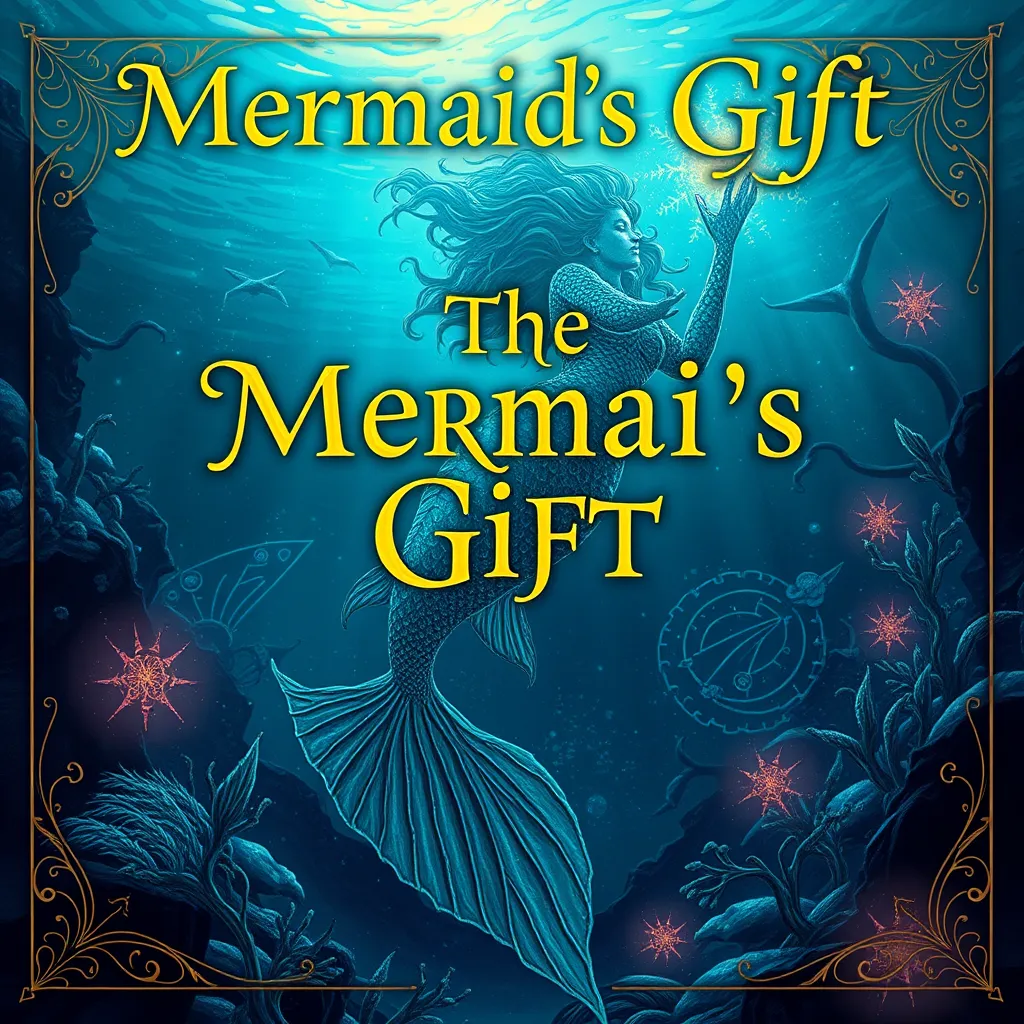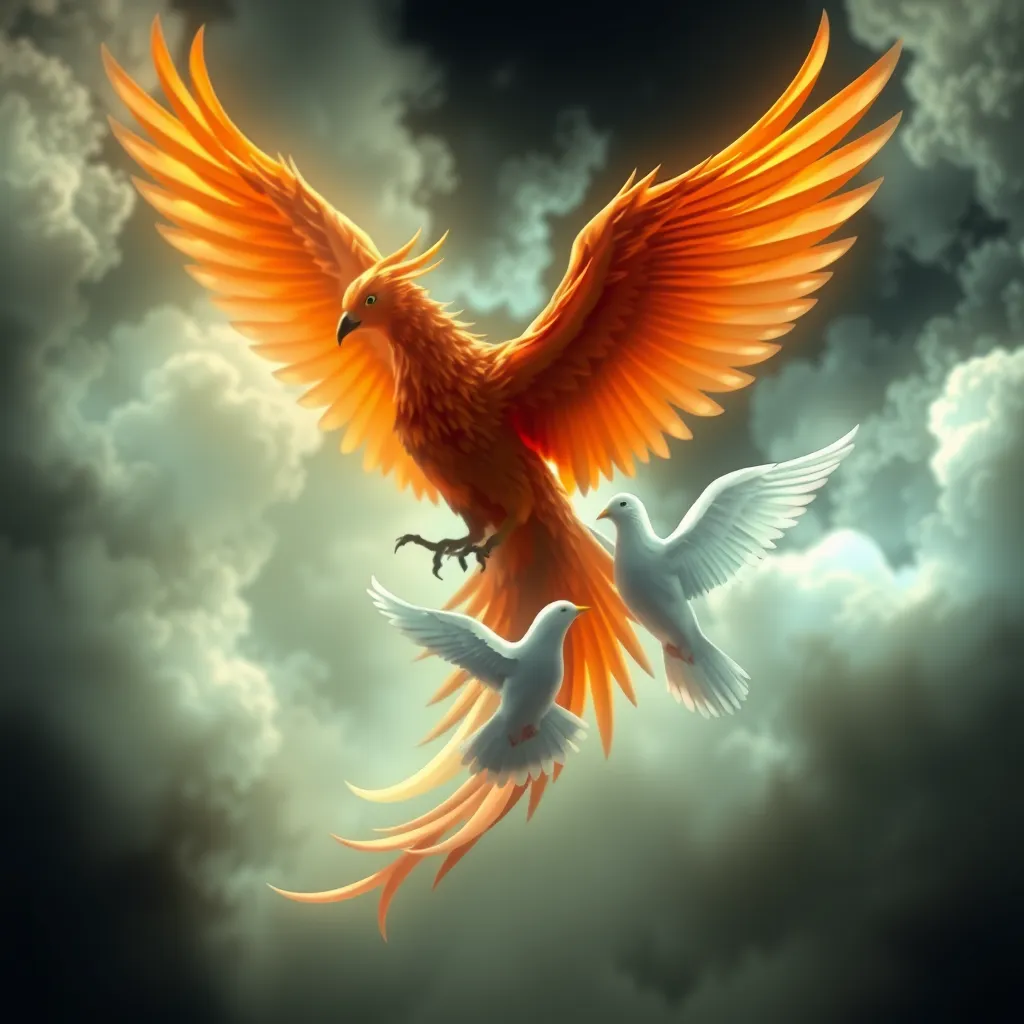Pegasus in Norse Mythology: Investigating the Relationship Between the Winged Horse and the Valkyries
I. Introduction
Mythology has long captivated human imagination, with its rich tapestry of gods, creatures, and heroes. Among these fantastical beings, Pegasus, the winged horse, stands out as a symbol of beauty and freedom. Originating from Greek mythology, Pegasus has become a part of various cultural narratives. In contrast, Norse mythology presents a different pantheon, where Valkyries serve crucial roles as warrior maidens who choose those who may die or live in battles. This article aims to explore the connections between Pegasus and the Valkyries, delving into their origins, symbolism, and representations in mythological narratives.
II. Understanding Pegasus: Origins and Symbolism
Pegasus first emerged from the ancient Greek myths, specifically from the blood of the Gorgon Medusa when she was slain by the hero Perseus. This majestic creature is often depicted as a pure white horse with large wings, symbolizing inspiration, flight, and the divine. Over time, Pegasus has transcended Greek mythology, becoming a symbol in various cultures, including:
- Inspiration: Often associated with the Muses, Pegasus represents the creative force of poetry and art.
- Freedom: His ability to soar through the skies embodies the human desire for liberation.
- Divinity: In many tales, Pegasus is linked to the gods, acting as a steed for deities like Zeus.
While Pegasus is primarily rooted in Greek mythology, his imagery and symbolism have found a place in Norse contexts, albeit indirectly, through the shared themes of heroism, battle, and the afterlife.
III. The Valkyries: Who Are They?
Valkyries are integral figures in Norse mythology, defined as warrior maidens serving Odin, the chief god. Their primary role is to choose which warriors will die in battle and which will be taken to Valhalla, the hall of the slain. The characteristics and symbolic significance of the Valkyries include:
- Choosers of the Slain: They have the power to determine the outcome of battles and select the bravest warriors.
- Guides to the Afterlife: Valkyries escort the chosen warriors to Valhalla, where they prepare for Ragnarok.
- Symbols of Fate: Representing the inevitability of death and destiny, Valkyries embody the warrior spirit.
As guides for souls, Valkyries play a vital role in Norse cosmology, intertwining themes of honor, glory, and the valor of warriors.
IV. Comparative Analysis of Pegasus and Valkyries
When examining winged beings in mythology, both Pegasus and the Valkyries reveal intriguing similarities and differences. A comparative approach highlights several key aspects:
- Winged Beings: Both figures possess the power of flight, representing freedom and transcendence over earthly limitations.
- Symbolism of Flight: In both mythologies, flight symbolizes a connection between the mortal realm and the divine, illustrating the journey of souls.
- Steeds in Warrior Mythology: Pegasus serves as a noble steed, while Valkyries often ride into battle, emphasizing the importance of steeds in warrior culture.
This analysis underscores the shared themes of heroism and the divine, despite their differing cultural contexts.
V. Intersections of Pegasus and Valkyries in Mythological Narratives
While Pegasus does not appear directly in Norse mythology, there are instances of winged horses and similar themes within Norse tales. Some notable points include:
- Winged Horses: Norse mythology features creatures like Sleipnir, Odin’s eight-legged horse, which shares the idea of a divine steed.
- Thematic Connections: Both Pegasus and Valkyries embody themes of fate and destiny, integral to the warrior ethos in their respective cultures.
- Cross-Cultural Influences: Interaction between Greek and Norse mythologies over centuries may have led to shared motifs, particularly in literature and art.
These intersections provide a rich ground for exploring how mythological narratives can overlap and influence each other across cultures.
VI. Artistic Representations and Cultural Interpretations
The artistic representations of Pegasus and Valkyries have evolved significantly over time. Notable aspects include:
- Art and Literature: Pegasus has been depicted in countless works of art, while Valkyries appear in sagas and Edda poetry, often portrayed as fierce and beautiful.
- Modern Interpretations: Both figures have been reimagined in contemporary media, including films, novels, and video games, often emphasizing their heroic qualities.
- Popular Culture Influence: The popularity of Pegasus and Valkyries in modern culture has led to a blending of their narratives, creating new myths.
These artistic representations reflect the enduring legacy and adaptability of these mythological figures in popular imagination.
VII. Scholarly Perspectives on the Relationship
Academic discourse around the relationship between Pegasus and Valkyries reveals various interpretations and theories. Key points include:
- Academic Theories: Scholars have explored the symbolic meanings associated with winged beings, examining parallels in cultural significance.
- Primary Texts: Analysis of Norse sagas and Greek myths offers insights into the roles of these figures and their mythological importance.
- Insights from Mythologists: Experts suggest that both Pegasus and Valkyries illustrate humanity’s quest for understanding life, death, and the divine.
This scholarly perspective enriches our understanding of how these figures have been perceived across different cultures and eras.
VIII. Conclusion
The exploration of Pegasus and Valkyries reveals intriguing connections between two seemingly disparate mythological figures. Both embody themes of flight, freedom, and the warrior spirit, highlighting the shared human fascination with the divine and the afterlife. Understanding these mythological relationships is crucial as it allows us to appreciate the complexities and interconnections within our cultural narratives. Ultimately, the legacy of Pegasus and Valkyries continues to resonate in contemporary culture, inviting us to reflect on their enduring significance in our collective imagination.



